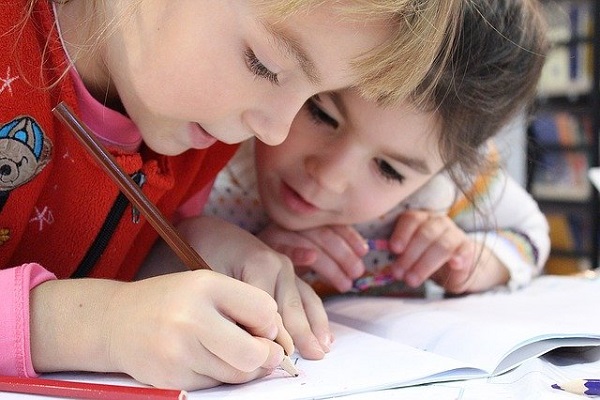More than 1,000 New Hampshire families have applied for one of the state’s new Education Freedom Accounts (EFAs), showing strong demand for a program that offers many lower-income families their first real alternative to their assigned public school. Sadly, opponents of the program have cited this strong interest as a reason to prevent the program from growing.
Opponents claim the program will cost taxpayers too much money, so it should be capped. In fact, the program will save taxpayers millions. And the more public school students who take an EFA, the more taxpayers will save.
Authorized by the Legislature this year, Education Freedom Accounts allow families with incomes of no more than 300% of the federal poverty level to spend their state adequate education grant on educational services of their choice (from an approved state list). EFAs involve only state education grants; all local taxpayer money remains in the public schools.
The average cost of each EFA is expected to be approximately $4,600. For context, the state Department of Education projects the average per student expenditure in New Hampshire public schools in 2020-21 to be $21,401.
EFAs educate students for less than a quarter of what taxpayers currently spend, on average.
About 1,500 families have applied for an EFA for this fall, according to news reports. If each application is approved, opponents argue, the program will cost the state $7 million this year, which is more than the state budgeted for the program. Opponents simply multiply the $4,600 average EFA grant by 1,500 students. (The total with these round numbers would be $6.9 million.)
But that number is misleading because it overestimates the cost to the state and doesn’t count the savings to local school districts.
First, let’s consider that number in the larger context of education spending in New Hampshire. The total spending on public education in the 2020-21 school year was more than $3.3 billion. The state portion of the spending at the end of the 2021 fiscal year was just over $769 million.
This would mean that even if EFAs were to cost the state $7 million this year, that figure would amount to less than 1% of state spending for public education and 0.2% of the total education spending.
The actual percentage will be much smaller, though, because many EFA students are already enrolled in public schools. For any student who is leaving a district public school, the EFA grant he or she will receive does not represent new spending. It’s money already budgeted for that student’s education. The state just deposits it into the family’s EFA instead of the school district’s bank account, so there is no change to the state portion of the funding.
At the local level, the school district keeps every dollar raised by local taxation. It remains with the school district even though the student does not. Thus, more money is left for fewer students.
The Josiah Bartlett Center for Public Policy studied the financial impact of the EFA program earlier this year. Our analysis projected that taxpayers would save $6.65 million in the first two years of the program based on a conservative estimate of EFA enrollment.
We estimated that 966 students would use an EFA this year and 2,335 would use one next year. If first-year enrollment is closer to 1,500 students, state costs will a little higher, somewhere just above $1 million, roughly. But total taxpayer savings will also be higher, closer to $3 million instead of our projected $1.85 million.
The additional costs over what were budgeted are tiny — a few million dollars out of $769 million in state-funded education spending (and $3.3 billion in total New Hampshire education spending).
From a financial point of view, there’s no reason to cap EFA enrollment based on the interest parents have shown in the program this fall.
From a humanitarian point of view, a cap would be bad for children.
While the political conversation has focused on costs, the argument about educational choice is not fundamentally an economic one. It’s about who gets to decide how each child is educated.
First, it’s obvious that the objections to EFAs aren’t really about costs. Just consider the following scenario.
Imagine that legislators enacted a program that attracted 1,500 students out of private schools and homeschooling and into local public schools. That program would represent somewhere between $21 million and $32 million in increased cost to our public education system.
Does anyone believe that EFA opponents would object to this program because of the increased costs? Of course not. They would cheer the growth in public school enrollment.
The argument against EFAs is not about costs. It is about who gets to control education and education spending – parents or school districts.
As good as New Hampshire public schools are, not every child is successful in a traditional public school. EFAs let those students seek alternatives that work for them. That’s all.
Parents ought to have that option. Opponents know that most parents agree. So they try to attack the program by claiming it costs too much. It doesn’t. What’s really costly is limiting children’s futures by forcing them to stay in schools that don’t work for them.
Cross-posted from the Josiah Bartlett Center for Public Policy with permission from Drew Cline.
